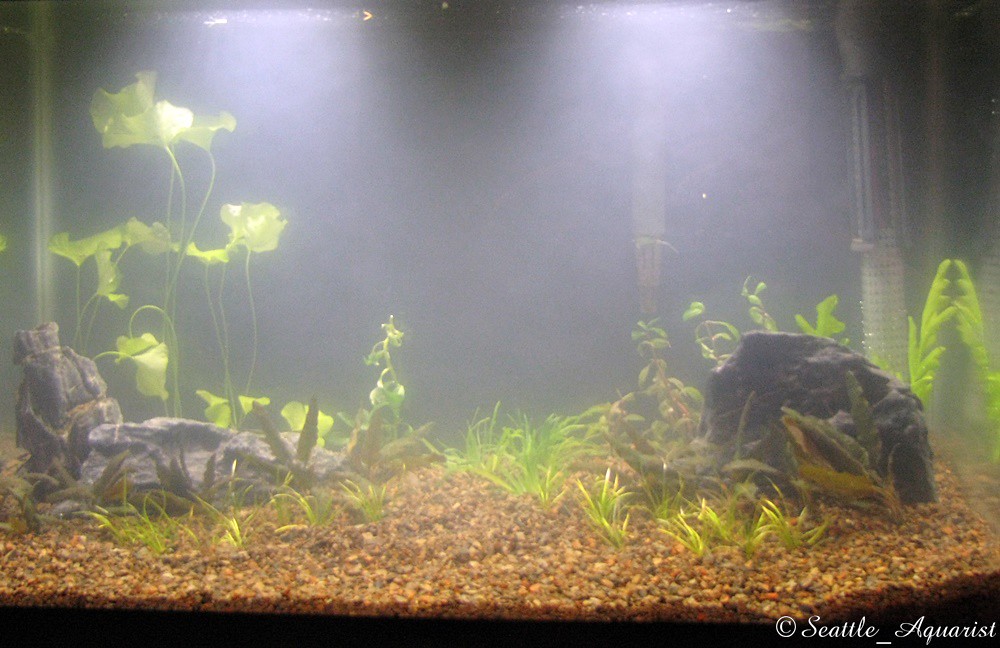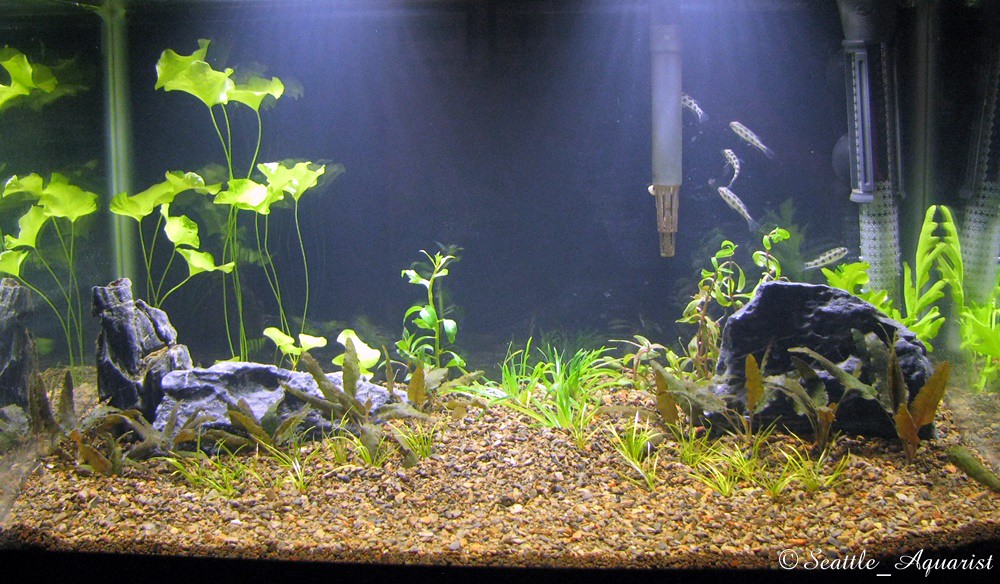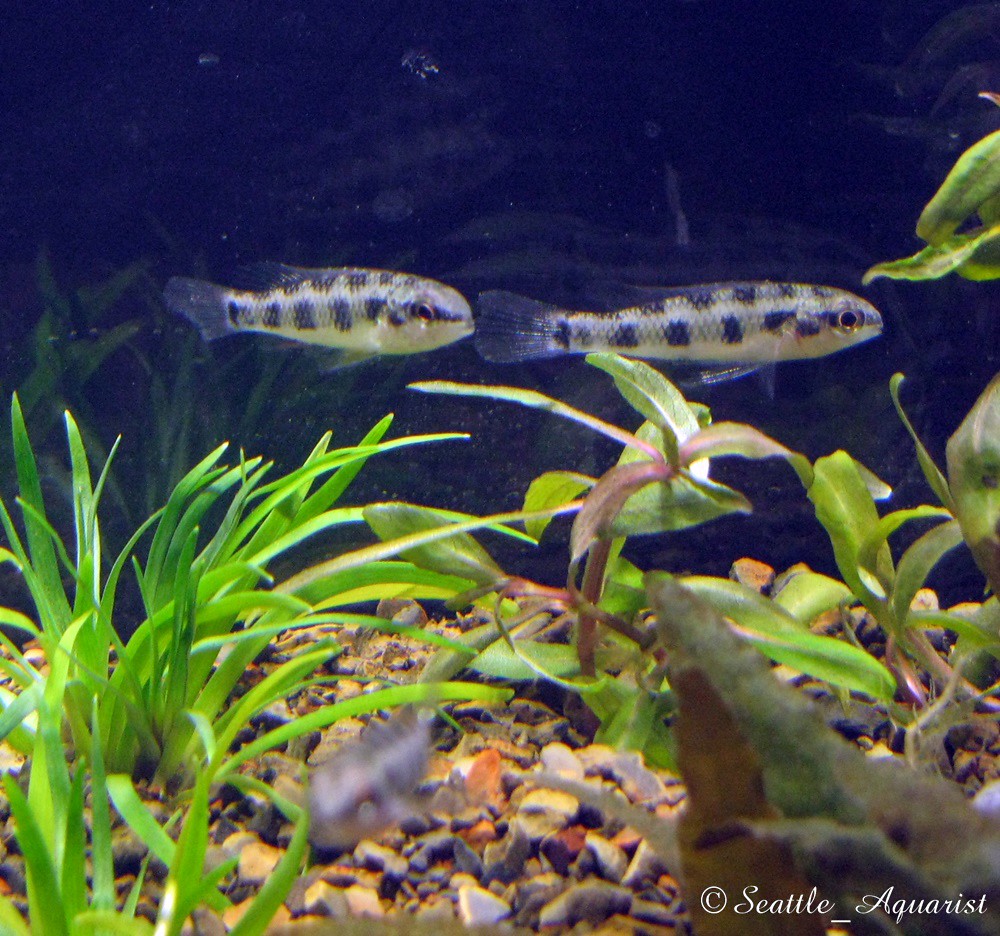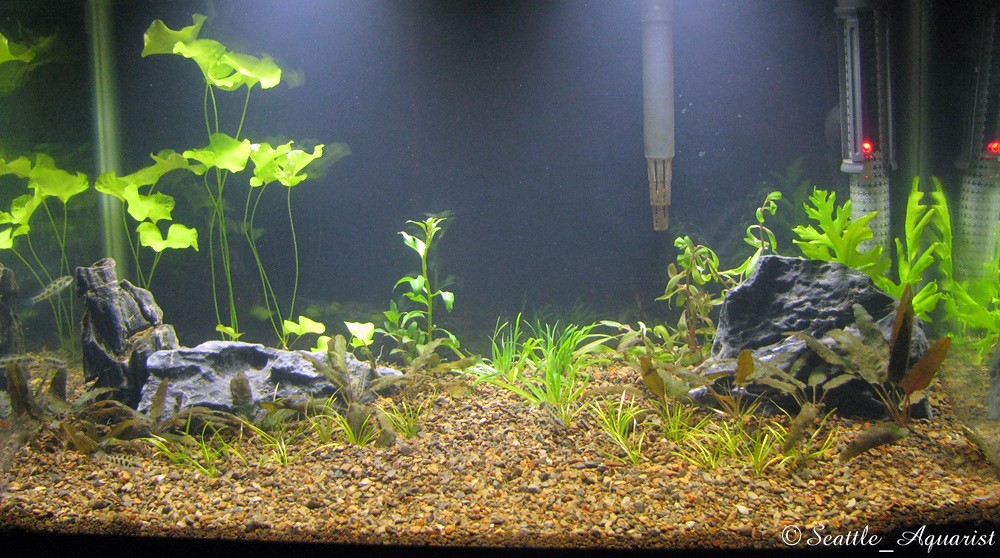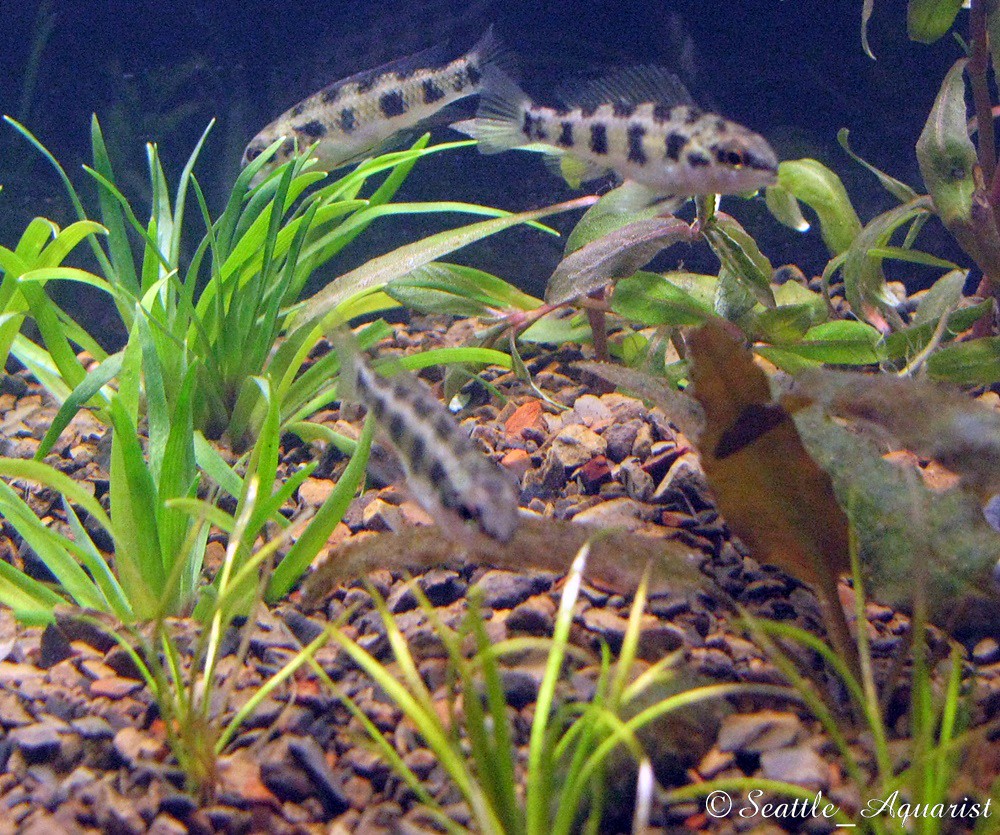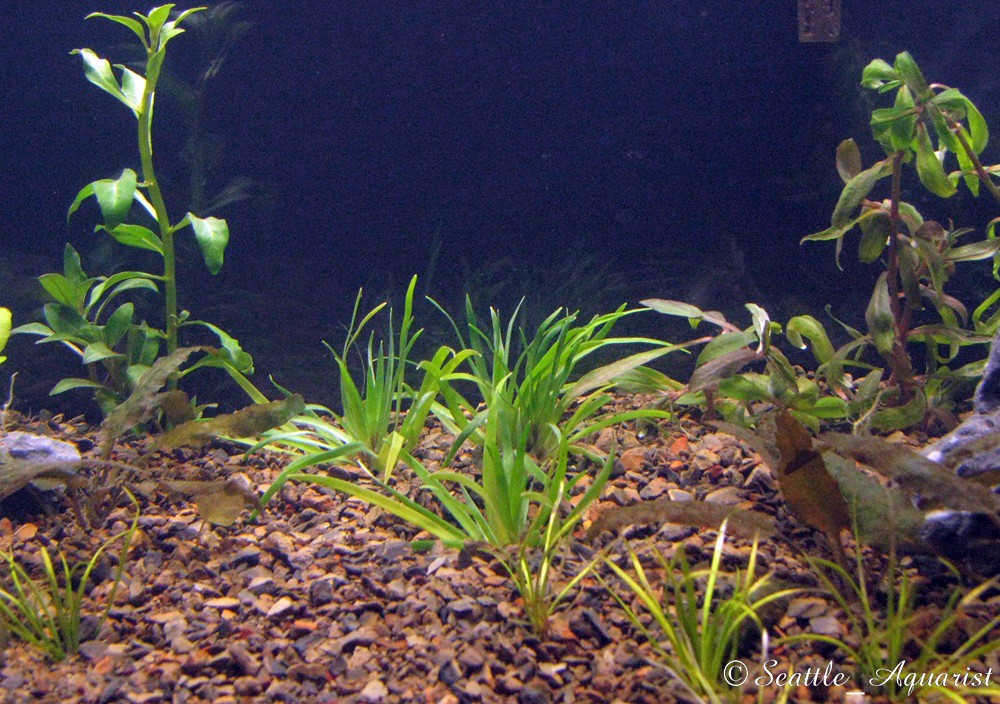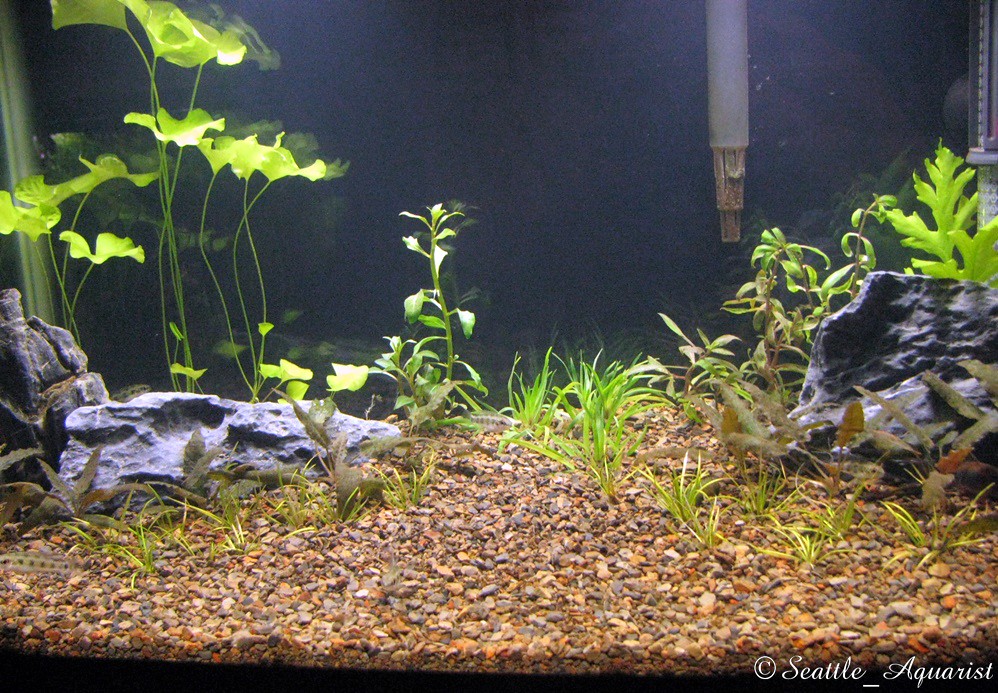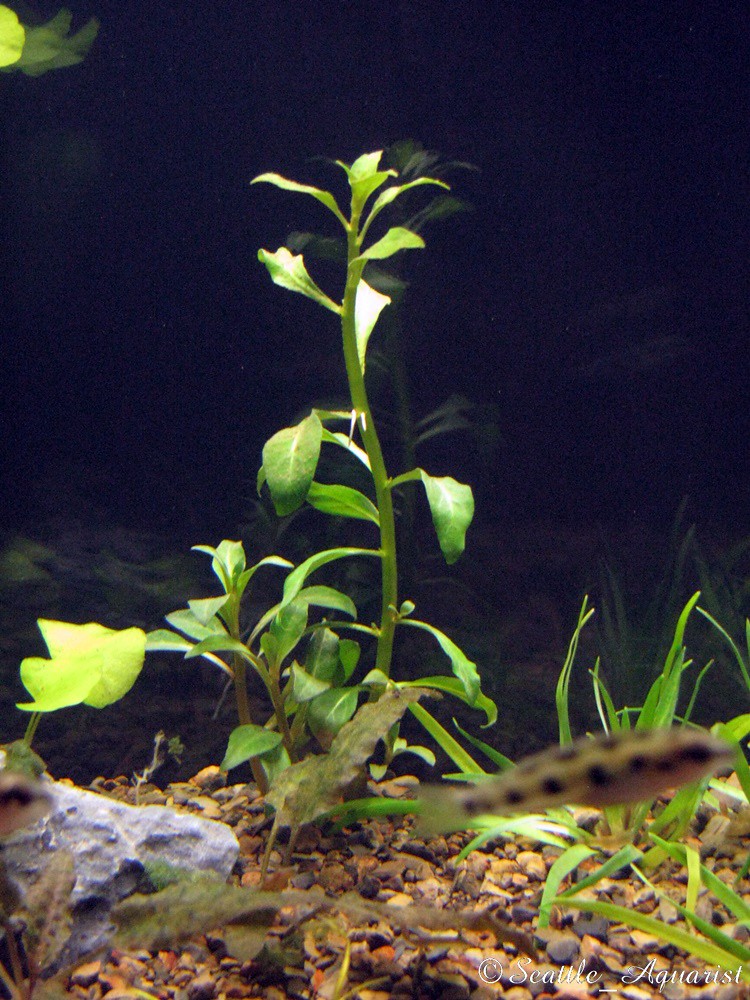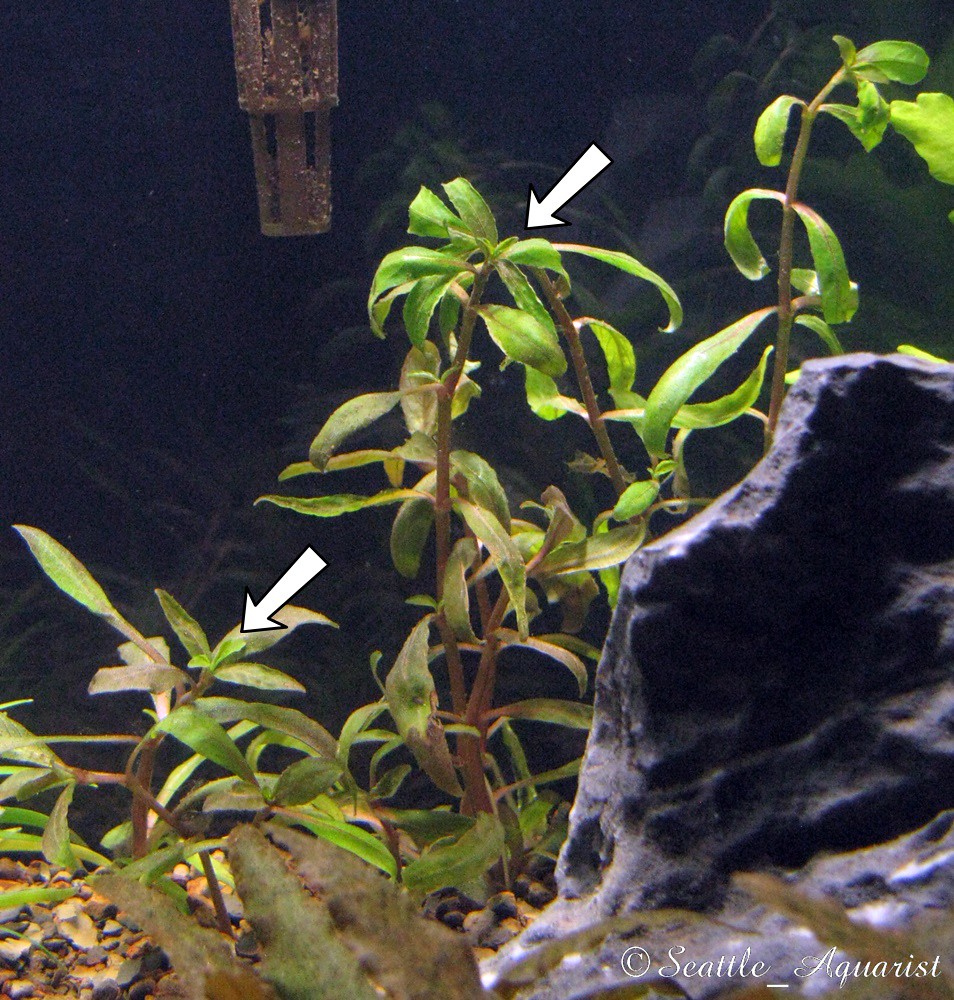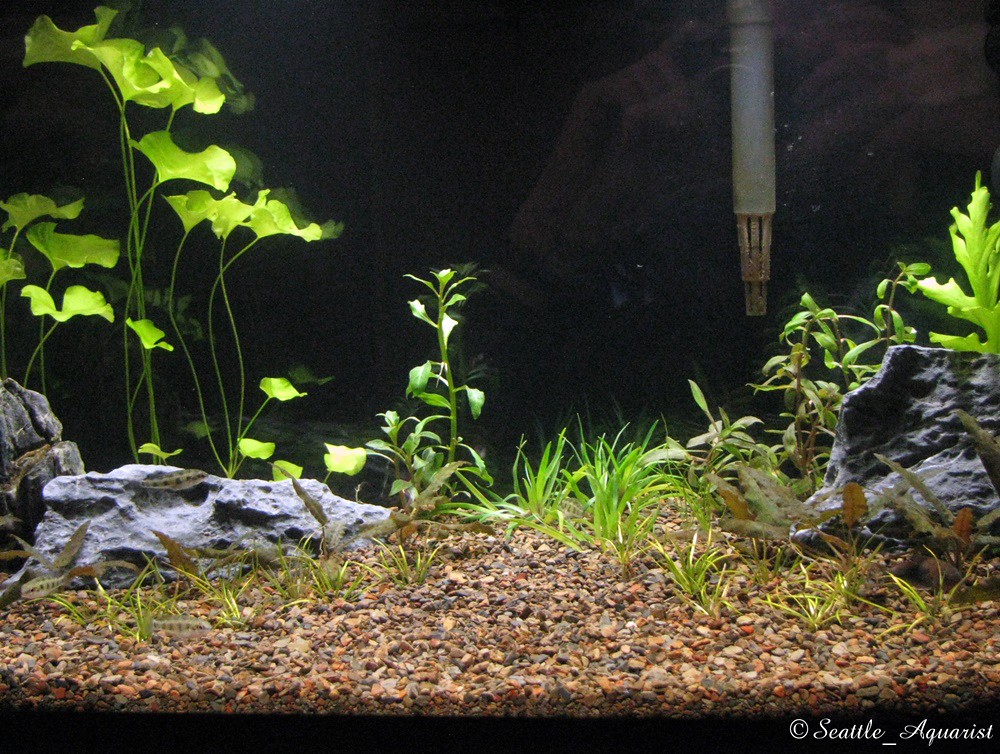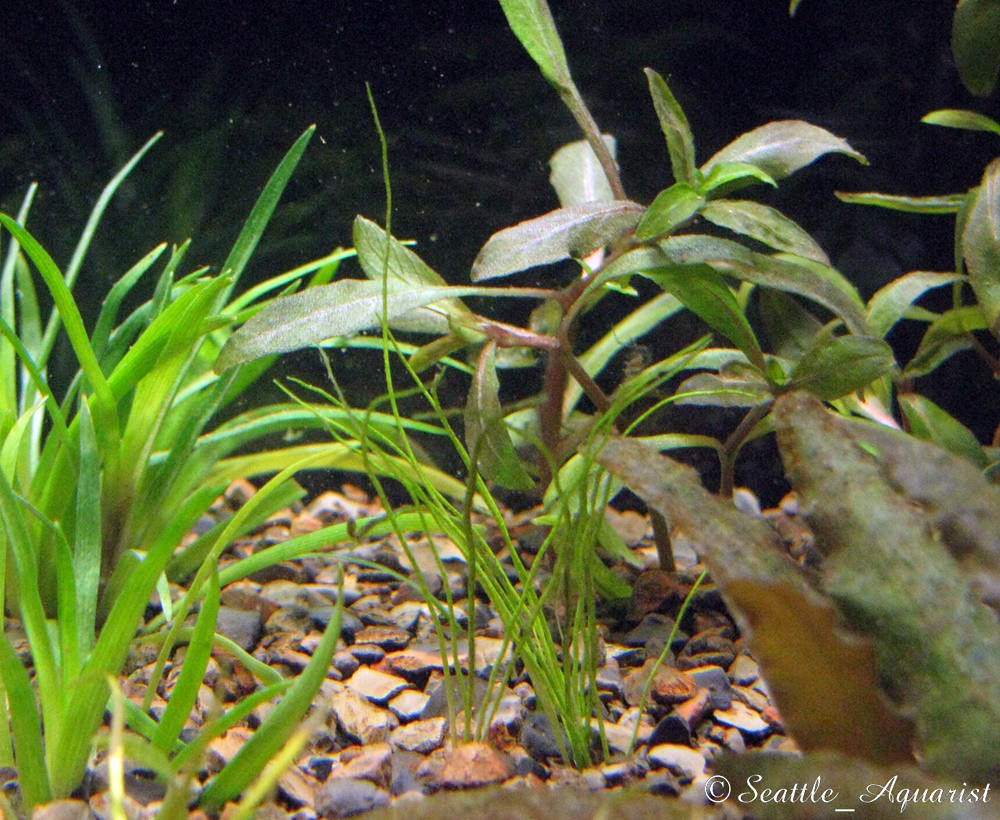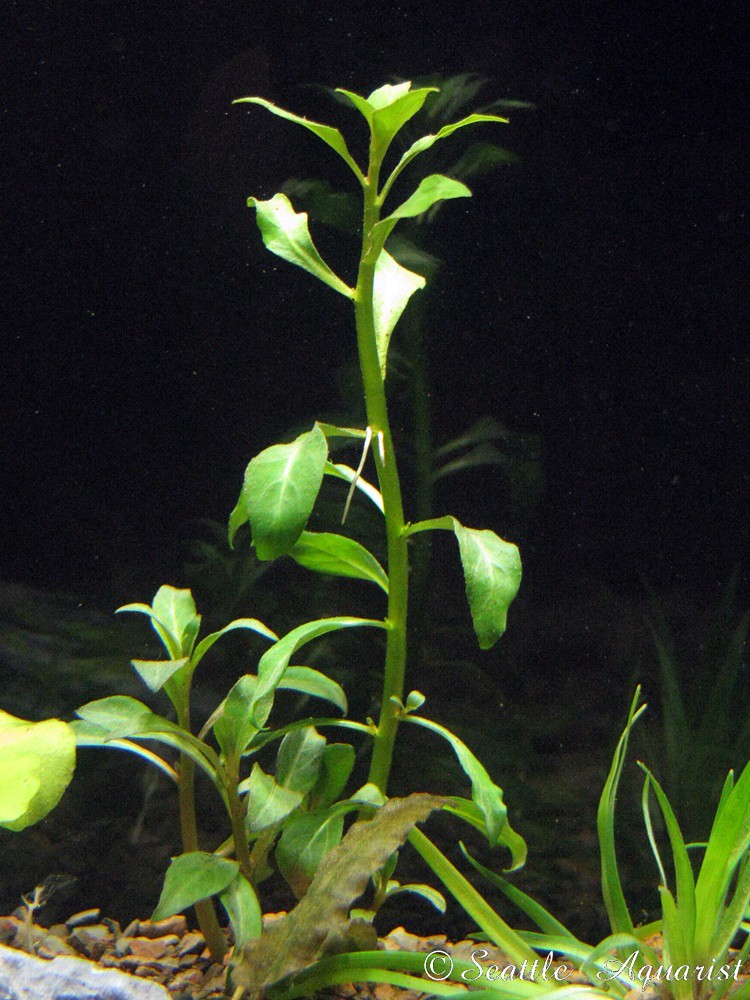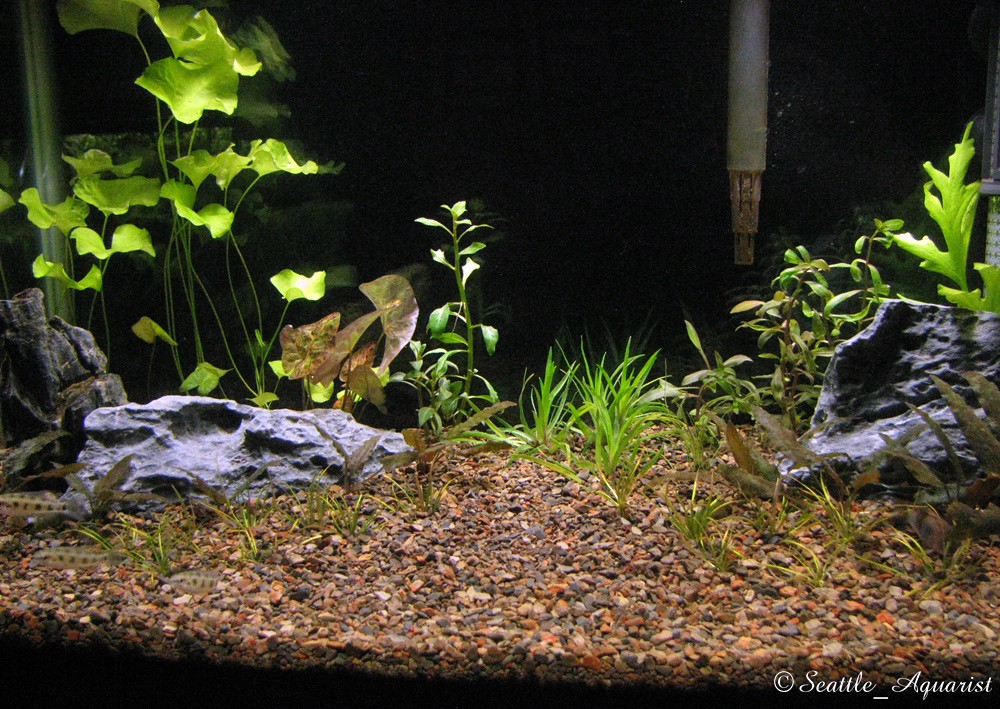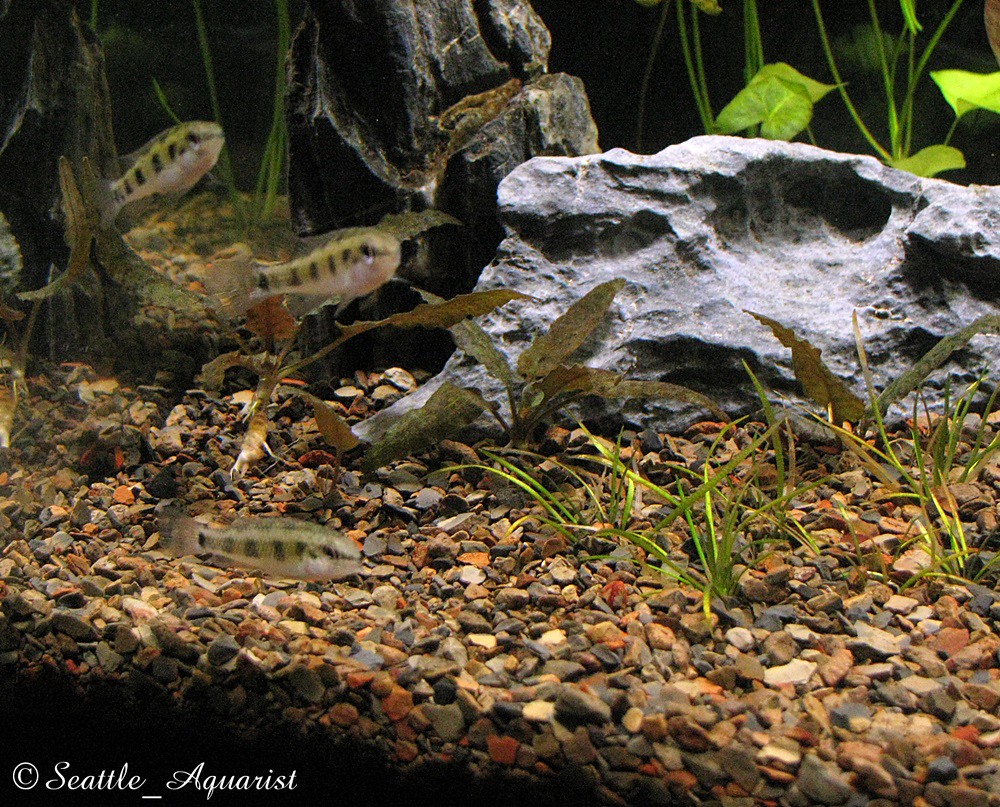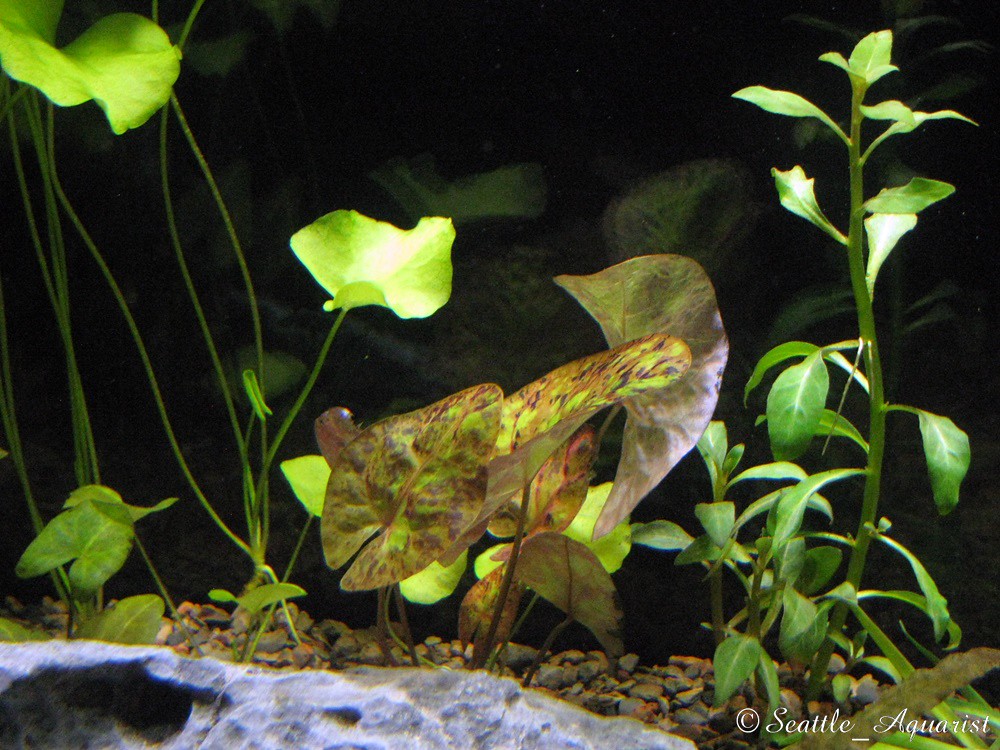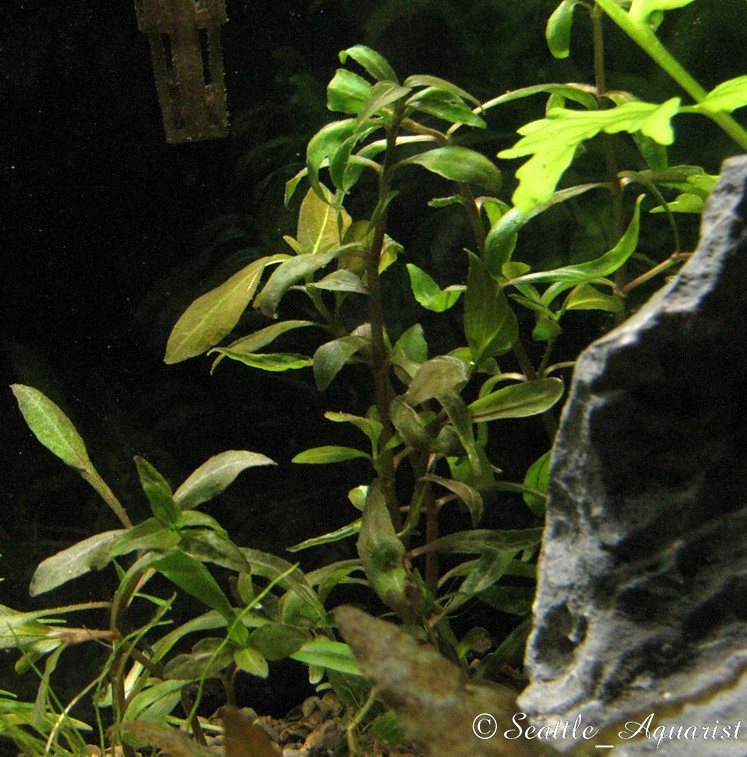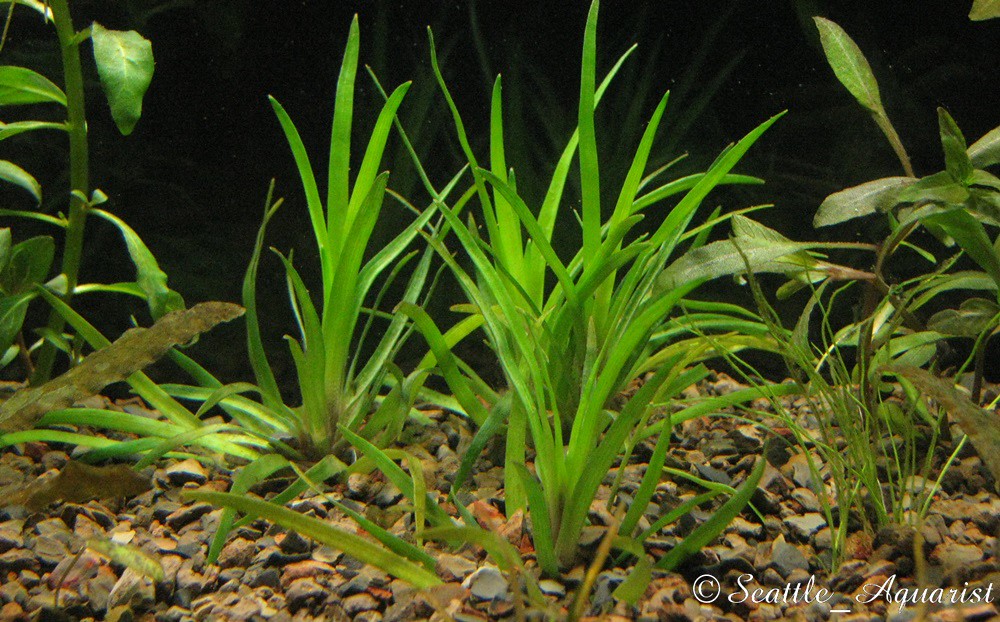Seattle_Aquarist
Well-Known Member
Hi All,
It's been a while since I started a new journal so here we go. Standard 10 gallon Aqueon with Versa-Top, Aquaclear 20 HOB filter (with 2 used sponge media for quick cycling) and 75 watt Visi-therm heater. Light is a standard 2 incandescent socket strip light with two 7 watt horizontal plug corncob cool white lamps <Ebay G24 E27 5-13W AC85-265V 5050SMD Horizontal Plug LED Corn Light> providing PAR@30+ (to be revised when water clears0 at substrate level. Substrate is 3/4 used (4.5 years) Safe-t-sorb #7941 and 1/4 new STS. Tank parameters: pH@6.0; dKH@2.0; dGH@3.0; 0ppm NH4+; 0ppm NO2-; 0ppm NO3; 0ppm PO4
What to do, what to do? Watch this space!
2/23/2018 Day 1 Set-up (Immediately after adding water)
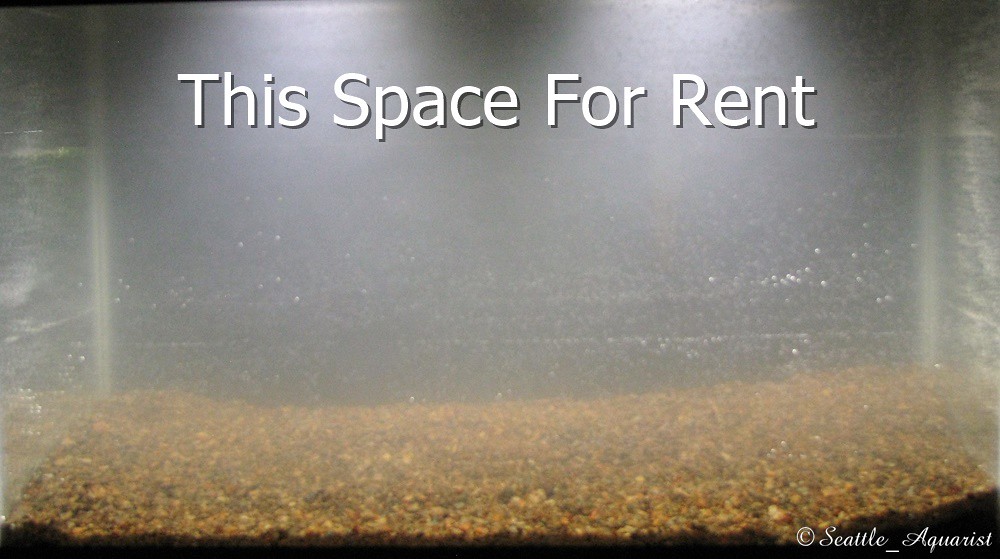
2/24/2018 Day 2 Starting to Clear
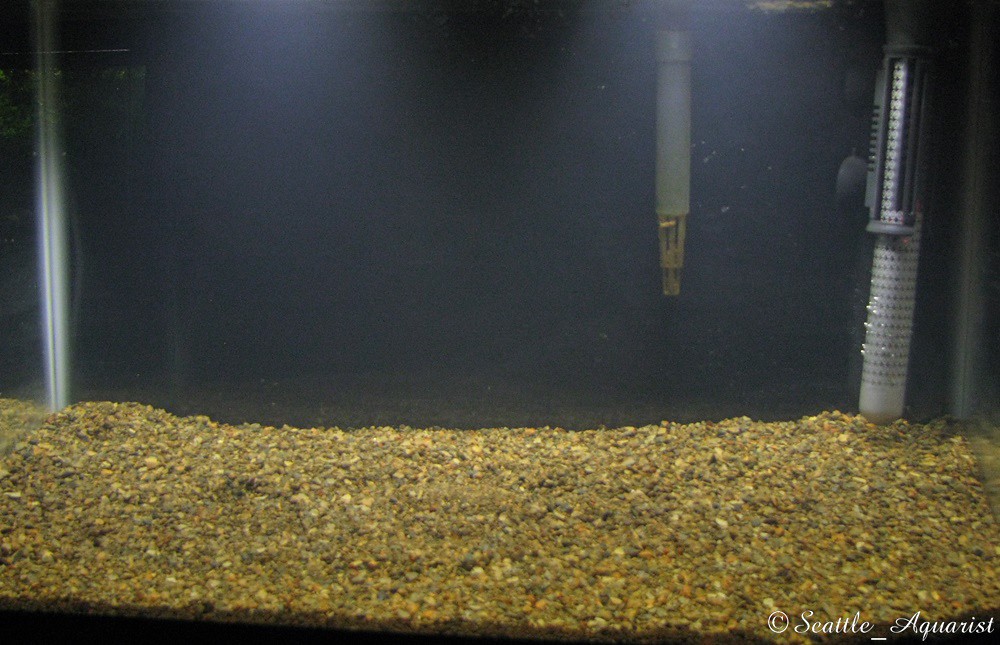
It's been a while since I started a new journal so here we go. Standard 10 gallon Aqueon with Versa-Top, Aquaclear 20 HOB filter (with 2 used sponge media for quick cycling) and 75 watt Visi-therm heater. Light is a standard 2 incandescent socket strip light with two 7 watt horizontal plug corncob cool white lamps <Ebay G24 E27 5-13W AC85-265V 5050SMD Horizontal Plug LED Corn Light> providing PAR@30+ (to be revised when water clears0 at substrate level. Substrate is 3/4 used (4.5 years) Safe-t-sorb #7941 and 1/4 new STS. Tank parameters: pH@6.0; dKH@2.0; dGH@3.0; 0ppm NH4+; 0ppm NO2-; 0ppm NO3; 0ppm PO4
What to do, what to do? Watch this space!
2/23/2018 Day 1 Set-up (Immediately after adding water)

2/24/2018 Day 2 Starting to Clear


